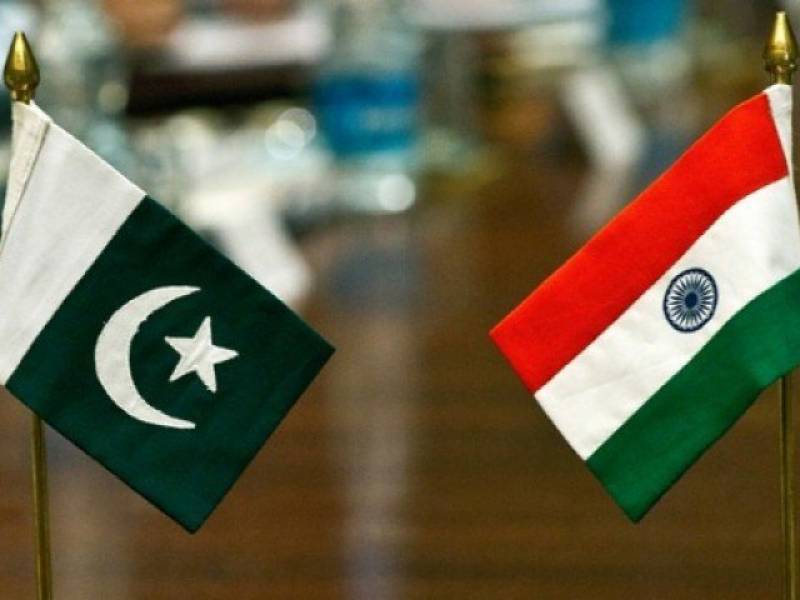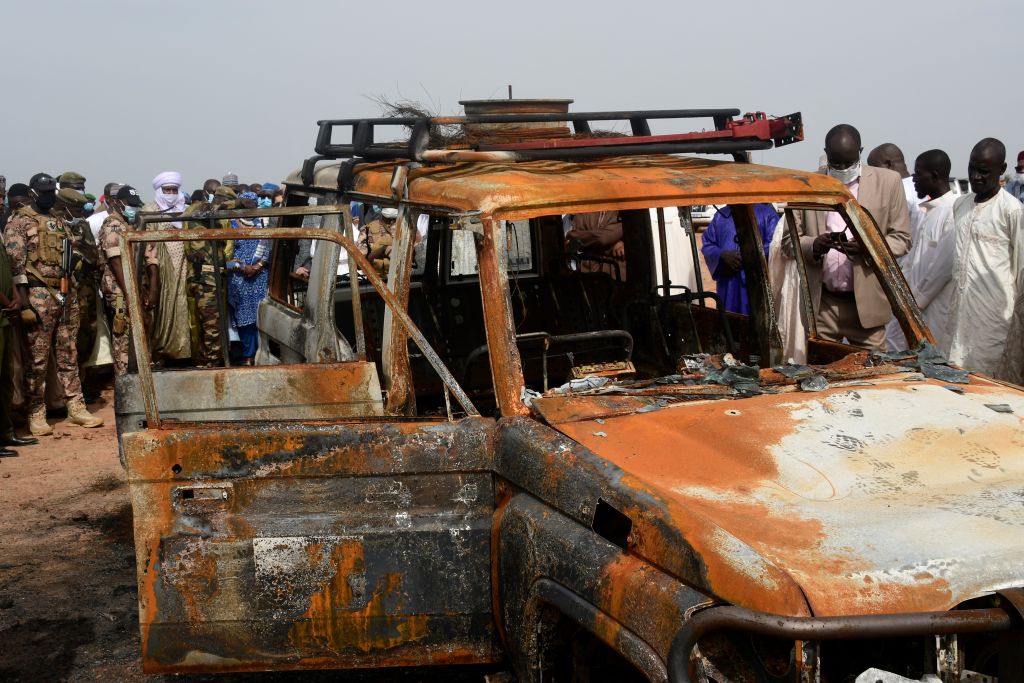Western placemen in Africa are being replaced by sovereign geopolitics
On September 17, 2023, leaders from Niger, Burkina Faso, and Mali signed a treaty establishing the Alliance of Sahel States. This military alliance operates as a jointly coordinated defense system, aimed at ensuring the collective security of these nations. Mali’s transitional president, Colonel Assimi Goita, officially declared the establishment of Alliance, as he revealed the signing of Liptako-Gurma charter. This milestone marks the formation of the Alliance of Sahel States, which is aimed at “constructing a framework for collective defense and mutual assistance, ultimately benefiting the population at large”. This occurred amidst Western warnings to potentially intervene in Niger and backing for this stance from certain African nations. ECOWAS (Economic Community of West African States) representatives have announced their intention to form a global military unit to intervene in Niger. The purpose is to restore the overthrown regime to power and re-establish their governance. ECOWAS is headquartered in Nigeria. The statement made by ECOWAS regarding the threats holds significant weight as the bloc has its own unified armed forces, known as ECOMOG.








